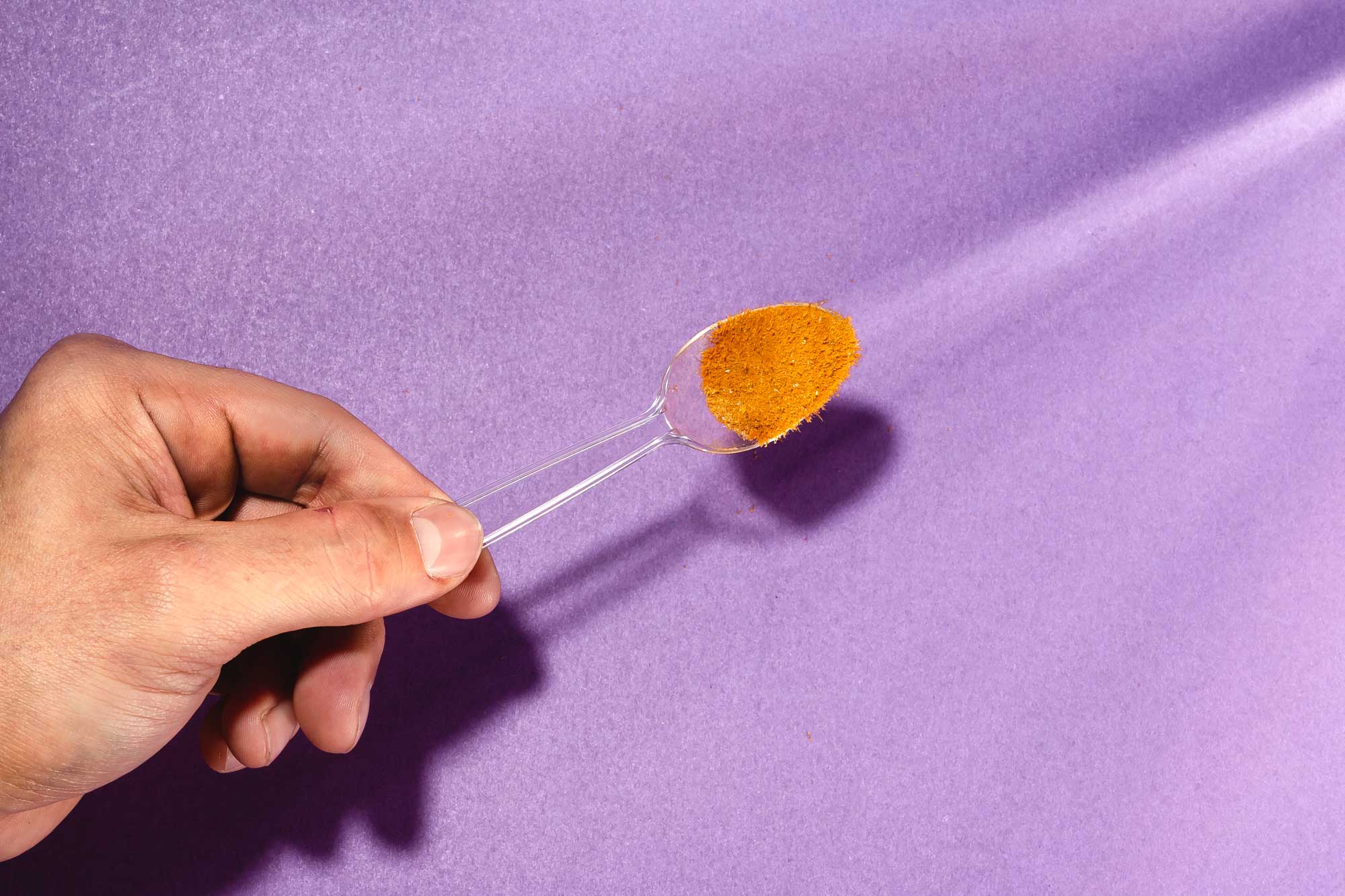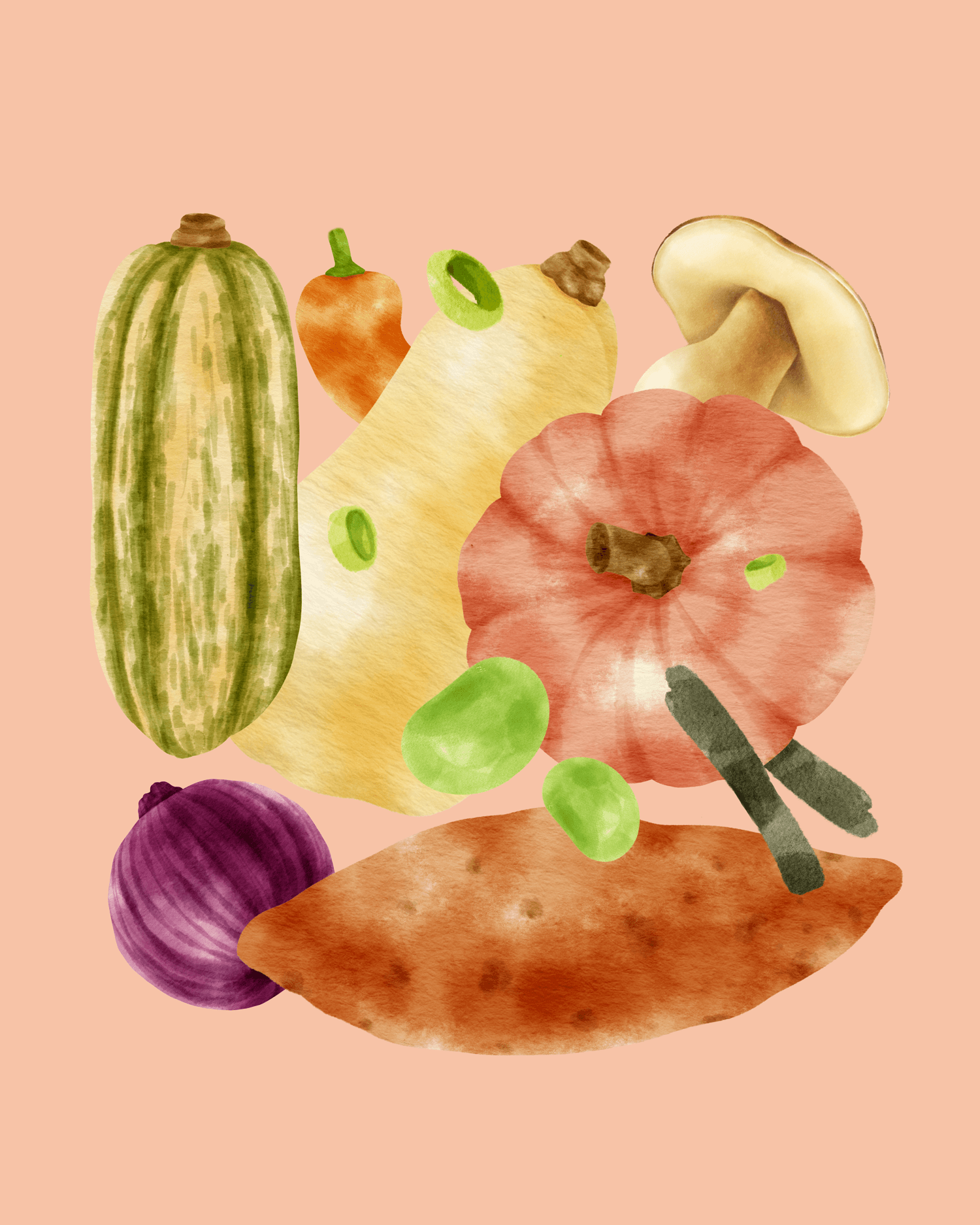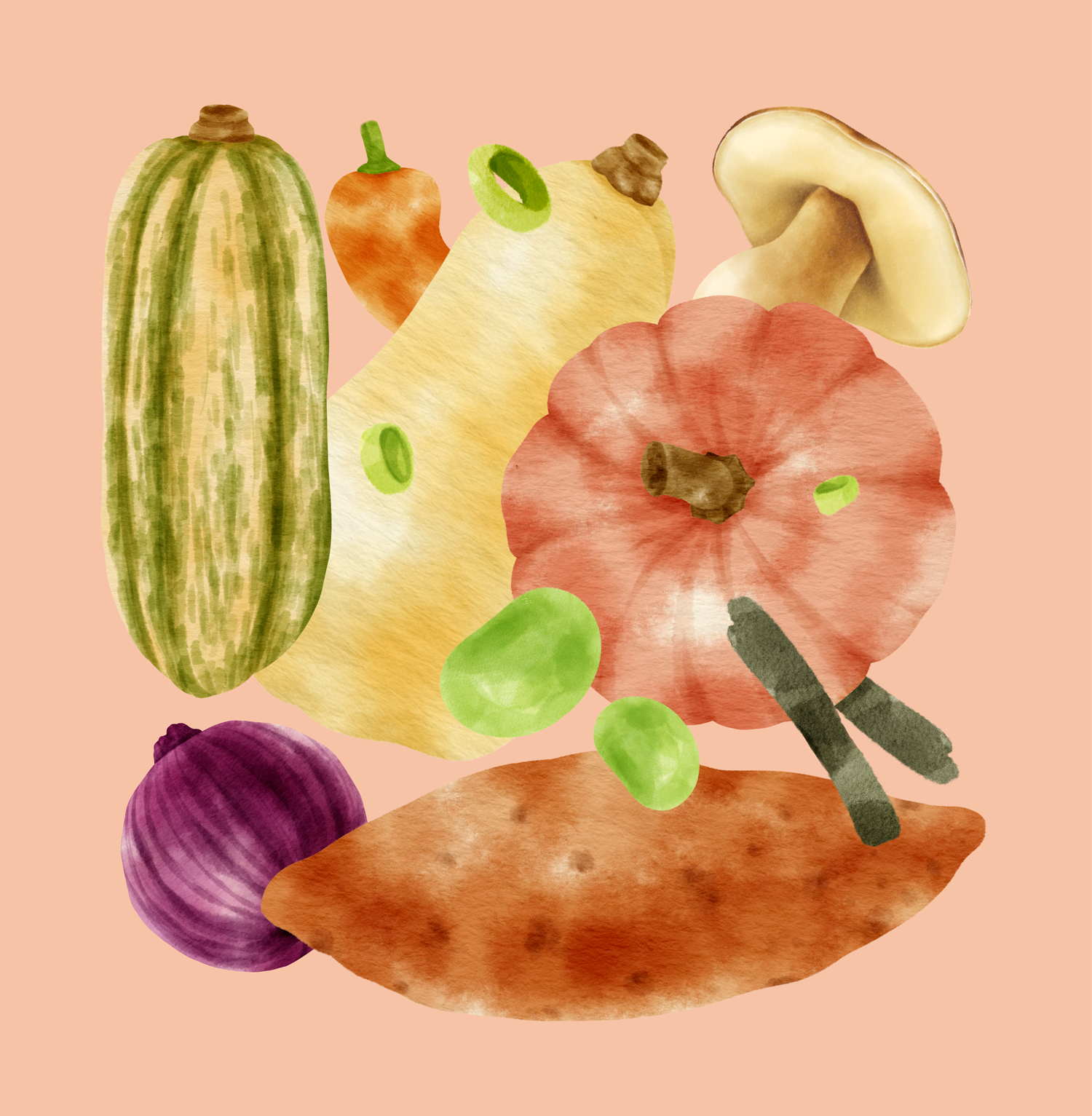Eating more veggies and less meat and dairy is a great way to planet-proof our diet. But not all vegetables are equal when it comes to environmental impact. Here are five of the most sustainable vegetables that are good for us and for the planet.
When we think of good food, we usually think of food that is tasty and healthy. We don’t always consider whether what we eat is also good for the planet. Our list of the most sustainable vegetables will help you tick both those boxes.
So, what should we be putting on our plates to help fight climate change? A recent study confirmed that people who follow a mainly plant-based diet cut the climate impact of their food by around a third. They also reduce their mortality risk by a similar amount.
The study is the largest of its kind to analyze the health and environmental impacts of a diet rich in fruits, vegetables, whole grains and plant-based proteins and lower in animal products such as meat and dairy – known as the Planetary Health Diet. Researchers developed the diet in 2019 as the optimal way to feed the growing global population while limiting the environmental effects of farming and food.
But what about vegetables themselves? Although there is increasing evidence that a plant-focused diet protects both human and planetary health, the sustainability of different plant-based foods, including vegetables, receives less attention.
To be clear: if you are cutting down on, or cutting out, animal-based foods, you are almost certainly having a bigger positive impact on the planet than choosing between vegetables. At the same time, there are big environmental differences depending on how a crop is grown. Lettuces and tomatoes grown in fossil-fuel powered greenhouses can have carbon emissions similar to poultry.
In addition, different farming methods have different carbon and water footprints. For instance, organic farming limits the use of harmful fertilizers and pesticides. Meanwhile, regenerative agriculture uses techniques that aim to restore soil and improve its ability to retain water and absorb carbon.
By definition, sustainable vegetables are ones we can keep growing and harvesting forever. They are often organic, have limited packaging, are eaten in season to maximize their nutritional content, and abundant in variety to support biodiversity. Taking these factors into account, here are five of the most sustainable vegetables that you can load up on guilt-free.
Imagine5 Volume 4 is here.

Cover star Madame Gandhi on the sounds of the Antarctic, free climber Alex Honnold reveals his biggest challenge yet, actor Rainn Wilson embraces his soulful side and much more more!
Starting at 7,- plus shipping
Get your copy now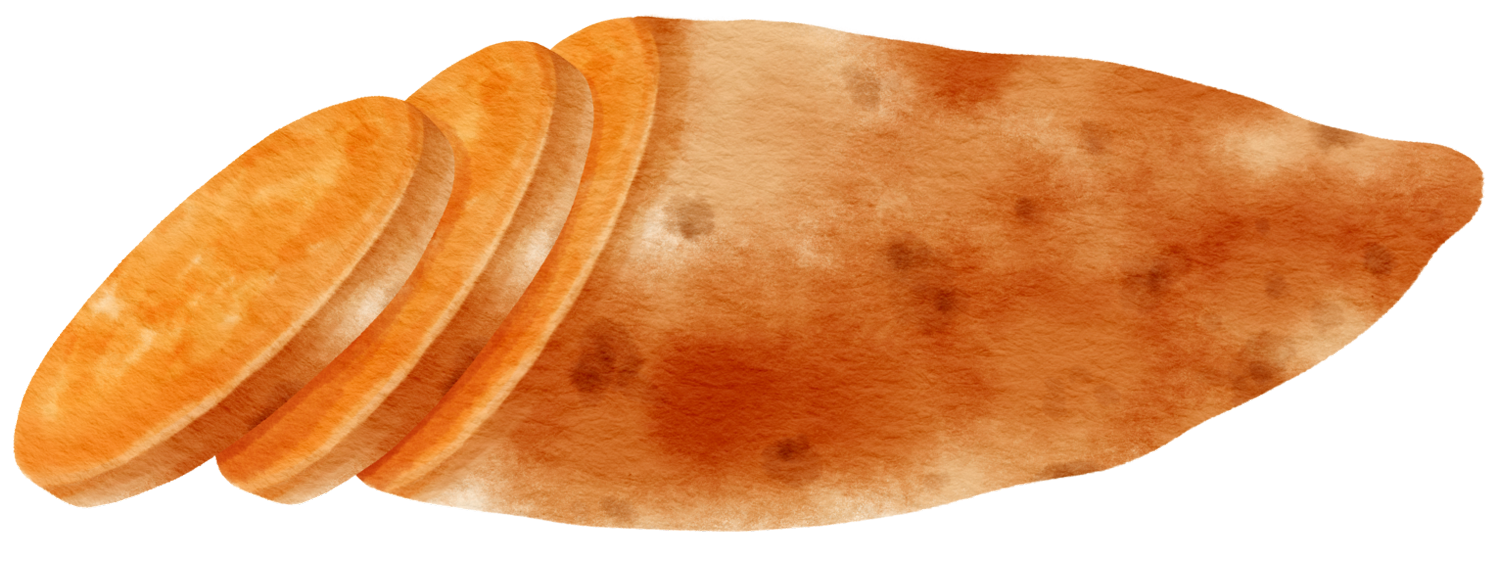
Sweet potatoes
These vibrant tubers are not only delicious, but they also require less water and land to grow than many other root vegetables. Plus, they are a great source of vitamins, minerals, carbohydrates and fiber. In fact, sweet potatoes produce more edible energy and nutrients per hectare than any other food crop. This is partly because most of the plant can be eaten, including the leaves, roots and vines, (also avoiding the methane emissions that come from food waste).
Have green fingers or want to try growing your own food? Sweet potatoes can be planted almost anywhere, including in a container on a sunny balcony, eliminating transport and packaging emissions.
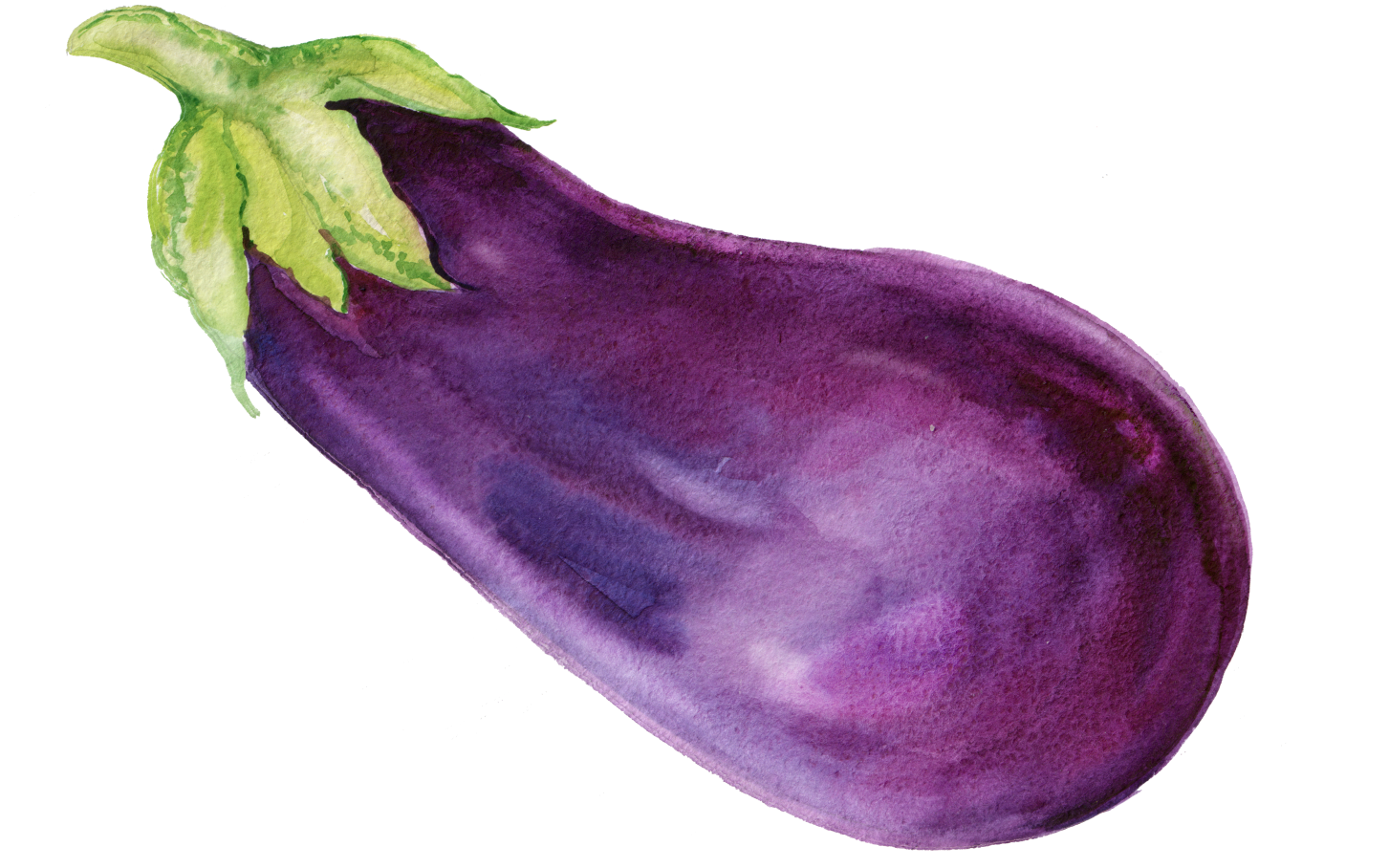
Eggplants
Known around the world as eggplants, aubergines and brinjals, these glossy beauties have almost as many names as uses. They thrive in a variety of climates and are water and land efficient to produce. They also tend not to be packaged, which is a carbon-intensive process. As a food source, eggplants pack a decent fiber and potassium punch, and they are extremely versatile. They can be added to almost anything and prepared in a range of ways, from fried to stuffed. This makes eggplants one of the least wasted and, with their small carbon footprint, one of the most sustainable vegetables.
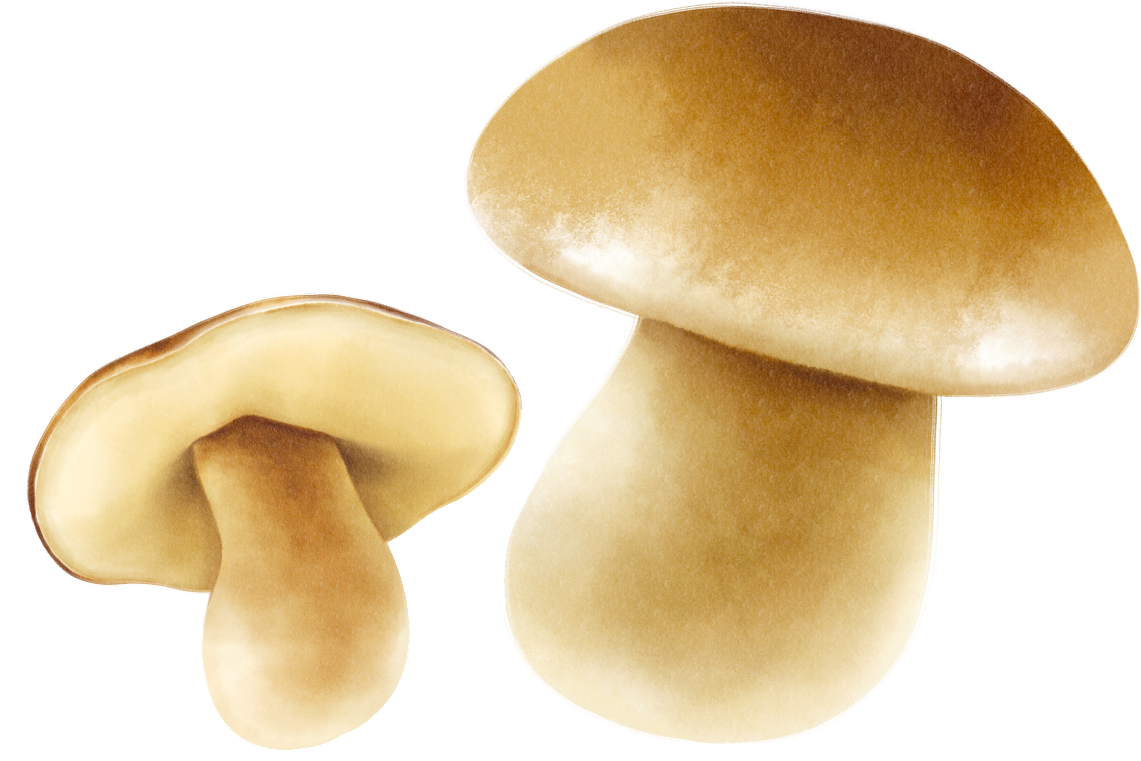
Mushrooms
Mushrooms play a humble role in many dishes. When it comes to sustainability, however, these fungi are a star performer. They can be grown indoors with minimal water, energy and land use. According to the American Mushroom Institute, one acre of land can produce up to about half a million kilos of mushrooms. Mushrooms can also use the by-products of other industries as compost. Oyster mushrooms, for example, can grow on coffee waste, cotton seed hulls and banana leaves.
The taste and texture of mushrooms make them ideal as a meat substitute or for bulking out meat dishes – a more environmentally-friendly choice in itself. In addition, mushrooms are low in fat and loaded with many health-boosting vitamins, minerals and antioxidants. However, one factor that makes mushrooms slightly less sustainable than the other vegetables on this list is their perishability. To reduce food waste, buy small amounts of mushrooms and use up what you buy within a few days.
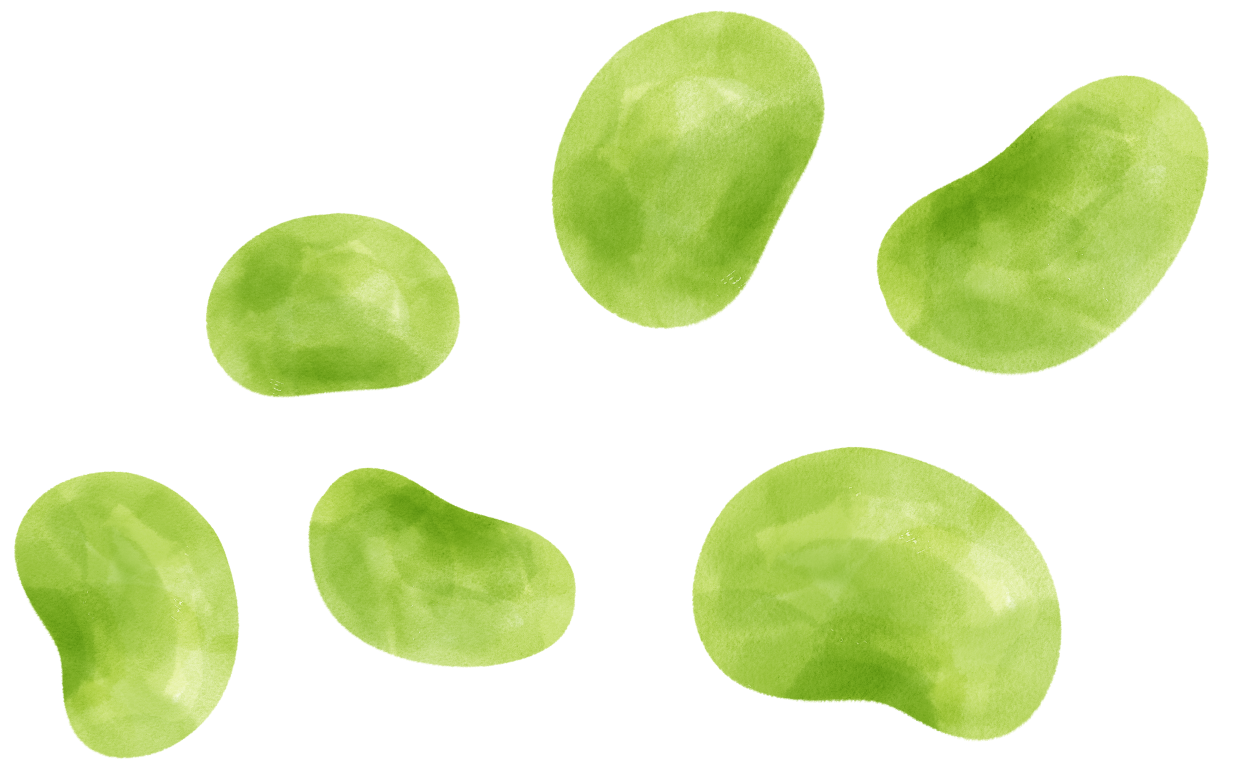
Legumes
Although small in size, legumes punch well above their weight when it comes to most sustainable vegetables. Legumes, such as beans, peas and lentils, have the amazing ability to ‘self-fertilize’ the soil. Their roots contain bacteria that absorb nitrogen in the air and fix it in the soil for use by other plants. This reduces the need for artificial fertilizers.
Pound for pound, legumes are cheap, widely available, low in fat and packed with essential nutrients, particularly fiber and protein. Legumes also contain vitamin B12, which can be hard to find on a meat-free or meat-reduced diet. To top it off, legumes are drought-resistant, can grow in poor soils and have a long shelf life, minimizing food waste.
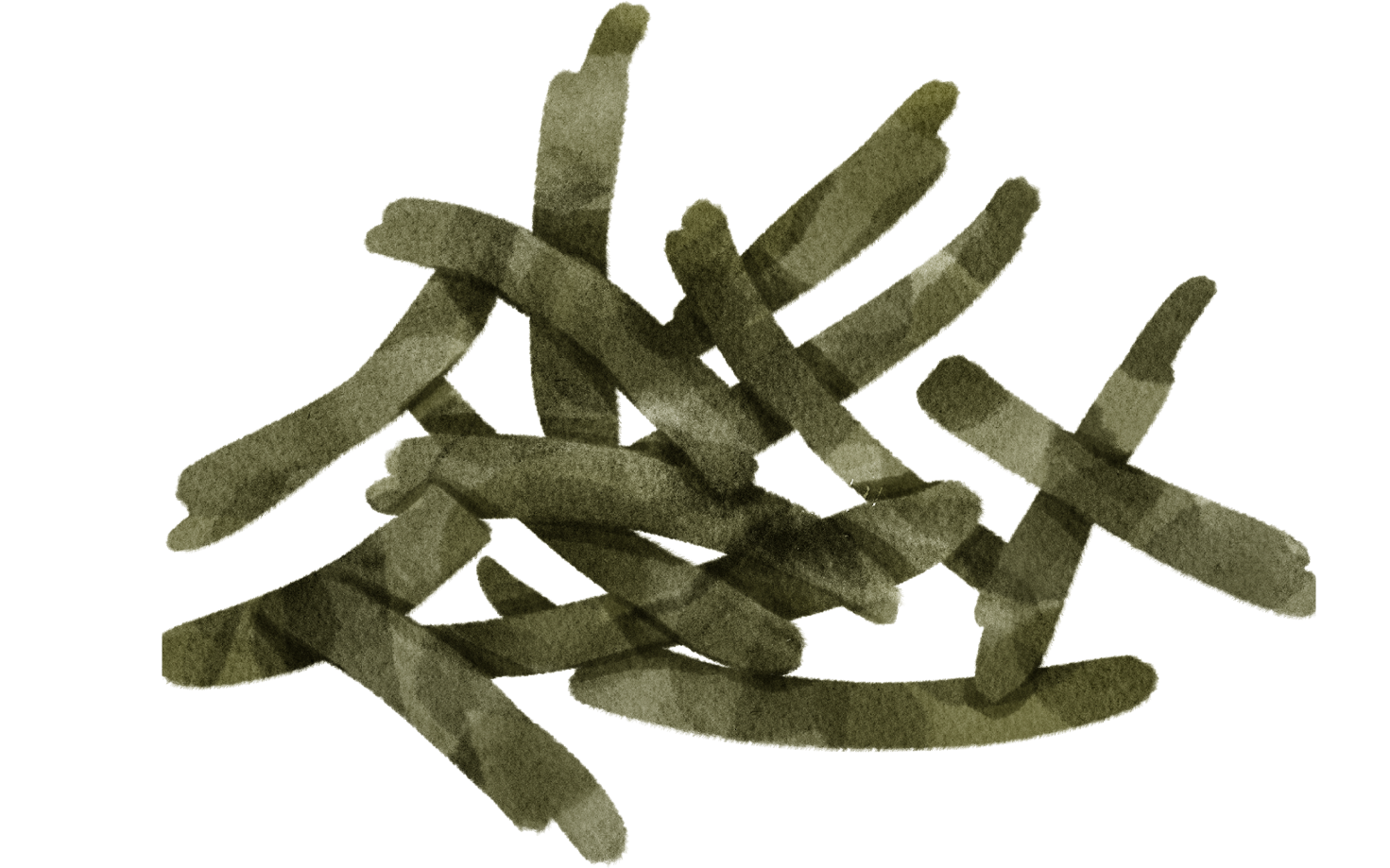
Seaweed
Seaweed, which comes in countless varieites, is really a kind of algae rather than a vegetable, but it deserves a place in this list of most sustainable vegetables because it is often used in similar ways to veggies. Rich in a range of nutrients, including those that may improve gut health and heart health, and requiring almost no resources to produce, seaweed can rightly be called a superfood. Like all plants, seaweed absorbs carbon dioxide and produces oxygen. However, it can also reduce the acidification of the ocean (caused by increased levels of carbon dioxide in the atmosphere), enabling marine ecosystems to thrive.
Increasingly available in supermarkets, seaweed can be found in fresh, dehydrated or powdered forms. This makes it versatile and long-lasting. Add it to soups and salads, work it into pasta or sprinkle it on anything that needs a salty hit, including desserts.
Get your five a day the sustainable way
Most of us have been told at some point to eat our vegetables, and for good reason. They are a key part of a healthy diet. By adding more of them to our meals, and opting for the most sustainable vegetables when possible, we can also support the health of our planet.
About Imagine5
We are storytellers inspiring you to live a planet-friendly life. Through our stories we shift perspectives and help you see that sustainable change is already underway. Sparking imagination that leads to action, creating a shift to sustainable behaviour as the norm. It’s happening.
Read moreThe future of food
